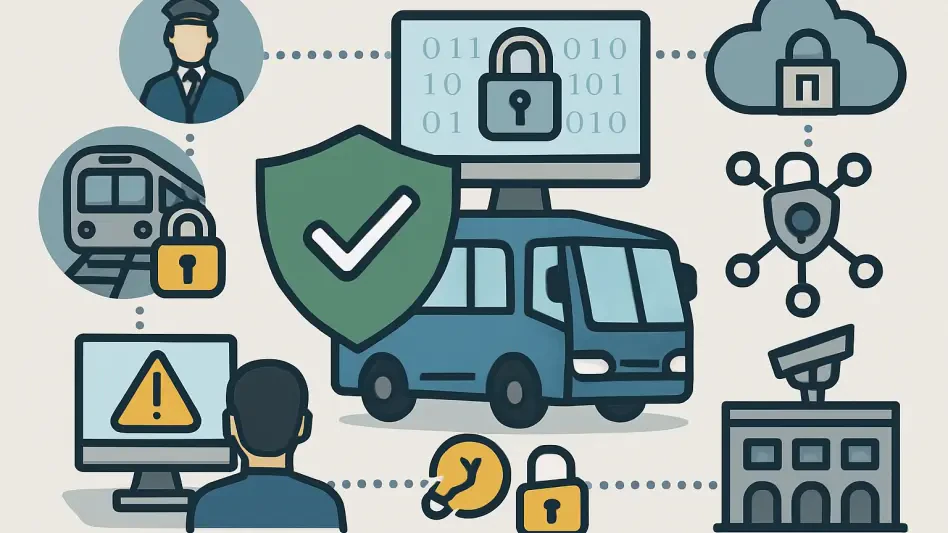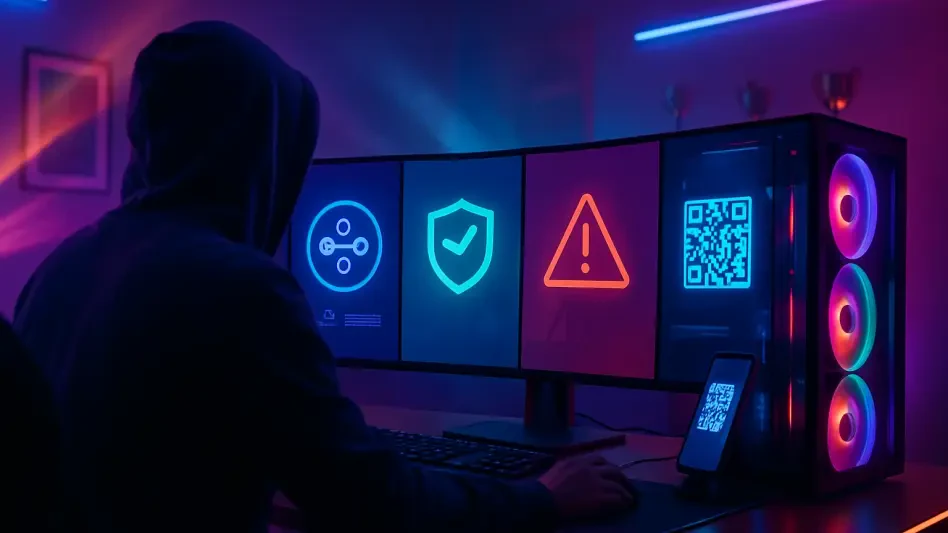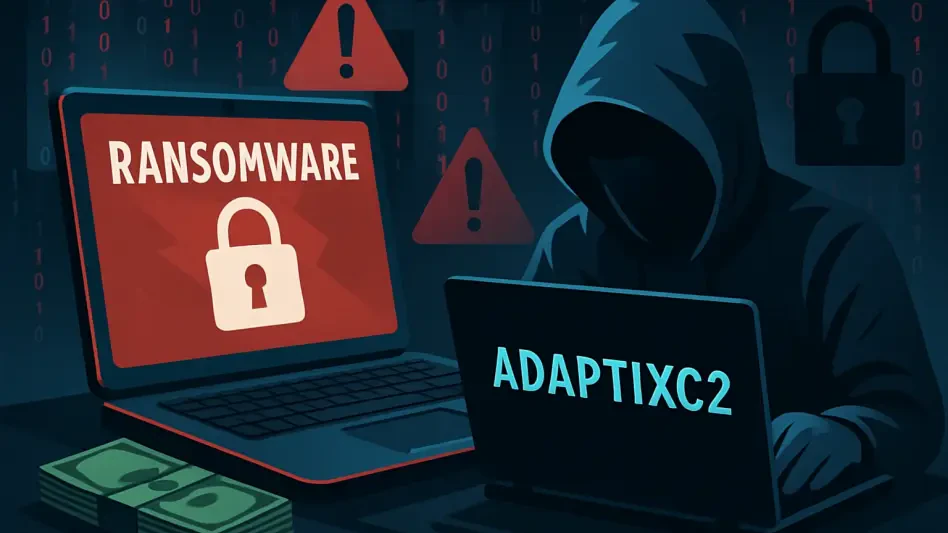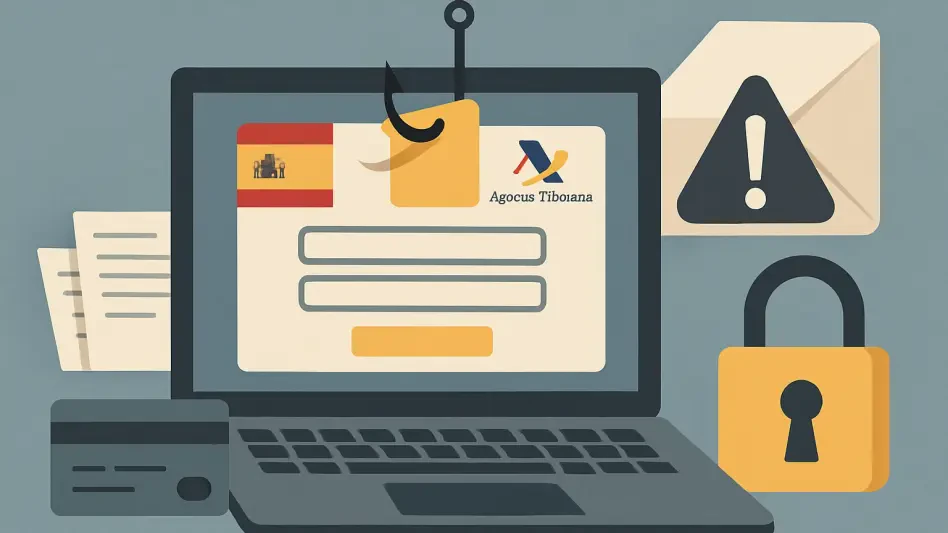In an era where digital connectivity underpins nearly every aspect of daily life, the vulnerability of public transit systems to cyber threats has emerged as a pressing concern for communities across the United States, prompting urgent action. The U.S. National Institute of Standards and Technology (NIST) has responded to this growing challenge by releasing a draft white paper titled “Developing a Transit Cybersecurity Framework Community Profile” (NIST CSWP 51). This document introduces a specialized Transit Cybersecurity Framework (CSF) Community Profile aimed at safeguarding the safety and reliability of public transportation against escalating cyber risks. As transit operations increasingly rely on interconnected systems, the potential for disruptions from cyberattacks looms large, threatening public trust and safety. This preliminary draft not only outlines a strategic approach to address these dangers but also invites critical feedback from stakeholders to refine the final Transit CSF 2.0, anticipated for release later in 2023.
Tackling Sector-Specific Cybersecurity Risks
The Transit CSF Community Profile is meticulously crafted to confront the distinct cybersecurity challenges that public transit agencies face, focusing on localized systems such as buses, light rail, subways, and commuter rail, alongside associated local government bodies. By excluding national passenger and freight rail services, the framework zeros in on the unique operational environment of public transit, where the stakes for safety and continuity are exceptionally high. NIST identifies the surge in cyber threats—driven by the digitization of transit infrastructure and reliance on networked technologies—as a critical issue that could cripple essential services. A tailored security framework becomes indispensable for both public and private operators striving to protect their systems from disruptions that could impact millions of daily commuters.
Building on this foundation, the framework adapts the robust structure of NIST’s broader Cybersecurity Framework (CSF) 2.0, incorporating its six core functions: Govern, Identify, Protect, Detect, Respond, and Recover. These functions are further detailed into specific categories and subcategories, with a mapping table highlighting “Elevated” priorities critical to transit safety and “Supporting” areas of secondary importance. This customized approach ensures that cybersecurity strategies are not merely technical solutions but are deeply integrated with the mission of providing reliable transportation. The emphasis on sector-specific needs allows transit agencies to focus on the most relevant risks, creating a practical roadmap for enhancing their digital defenses in a highly targeted manner.
Aligning Security with Operational Goals
A defining characteristic of the Transit CSF Community Profile is its mission-driven design, which aligns cybersecurity outcomes with the strategic and operational objectives of transit agencies. This perspective moves beyond viewing security as a standalone concern, instead embedding it within the broader goal of delivering safe and consistent public transportation. By tying security measures to the core mission, NIST ensures that transit operators can address cyber risks in a way that directly supports their primary responsibility to passengers. This alignment is crucial for fostering a holistic approach where cybersecurity becomes an enabler of service reliability rather than a disconnected burden on resources or focus.
Moreover, the framework’s scalability stands out as a key strength, accommodating the diverse needs of transit agencies ranging from sprawling urban networks to smaller regional systems with constrained budgets. Practical recommendations within the profile can be tailored to fit varying operational contexts, ensuring that even agencies with limited technological infrastructure can implement effective measures. This adaptability makes the framework a versatile tool, capable of addressing the unique challenges faced by different operators while maintaining a unified focus on enhancing resilience against cyber threats. The result is a strategic guide that empowers agencies to prioritize security without sacrificing their operational efficiency or core service goals.
Fostering Collaboration Across the Sector
Central to the development of the Transit CSF Community Profile is a strong emphasis on collaboration, with NIST actively soliciting input from public and private stakeholders until September 19 of this year. This open feedback period reflects a commitment to crafting a framework that genuinely represents the needs and priorities of those on the front lines of transit operations. By partnering with the National Cybersecurity Center of Excellence (NCCoE) and industry experts, NIST ensures that the profile benefits from a wide range of perspectives, enhancing its relevance and effectiveness. This collaborative ethos underscores the importance of community involvement in shaping cybersecurity solutions that are both practical and impactful.
Additionally, the voluntary nature of the framework is designed to encourage adoption without imposing rigid mandates, allowing transit agencies to integrate it with existing security programs and local regulations. This flexibility fosters a sense of ownership among operators, as they can adapt the profile to align with their specific risk landscapes and operational realities. The collaborative process, supported by expert input, aims to produce a final product that not only addresses current cyber threats but also anticipates future challenges. By prioritizing stakeholder engagement, NIST is laying the groundwork for a cybersecurity strategy that resonates deeply with the transit community’s diverse needs and operational contexts.
Empowering Agencies with Practical Tools
The draft Transit CSF Community Profile provides transit agencies with actionable resources to strengthen their cybersecurity posture in meaningful ways. Operators can leverage the framework as a baseline to create customized organizational target profiles, enabling them to pinpoint specific areas for improvement through detailed gap analyses. By prioritizing security measures based on their direct impact on mission-critical functions, agencies can allocate resources more effectively, ensuring that their efforts yield maximum benefit. This structured approach transforms abstract cybersecurity concepts into concrete steps that directly enhance the safety and reliability of public transportation systems.
Beyond immediate security enhancements, the framework supports broader integration into enterprise-wide risk management strategies, offering guidance on aligning cybersecurity with overall governance programs. It also aids in critical decision-making processes related to budgeting and resource allocation, helping agencies justify investments in digital defenses. Furthermore, the profile facilitates improved communication, both within internal teams and with external partners, fostering a unified approach to risk mitigation. As a comprehensive tool, it equips transit operators with the means to build resilience against cyber threats while maintaining focus on their primary goal of serving the public efficiently and safely.
Building a Resilient Future for Transit Security
Reflecting on the release of this draft framework, it’s clear that NIST has taken a pivotal step in addressing the urgent cybersecurity needs of the public transit sector. The Transit CSF Community Profile lays out a structured, risk-based approach that is carefully tailored to the unique challenges of localized transit systems. Its mission-driven focus ensures that security efforts are seamlessly tied to operational goals, while its scalability makes it accessible to agencies of varying capacities. The collaborative spirit, evidenced by the open call for stakeholder feedback, helps shape a framework that is both practical and inclusive.
Looking ahead, the next steps involve refining this draft into a final version that can serve as a cornerstone for transit cybersecurity. Transit agencies are encouraged to actively engage in the feedback process, ensuring their voices shape the evolving framework. Exploring integration with existing security protocols and local regulations will be key to maximizing its impact. As cyber threats continue to evolve, adopting such tailored strategies will remain essential for safeguarding public transportation, paving the way for a more secure and resilient future in the sector.








